Let’s break down the different things you might want to consider when buying a whitewater jacket: watertight neck and wrist seals; twin waists for a good spraydeck seal; the best waterproof fabrics; and a good fit for athletic movement.
Seals
There are four holes in your jacket with the potential to let water in and ruin your fun: your neck, your two wrists and your waist. Each of these needs a good way to seal out the water to stay dry inside.
Wrist seals
All of our longsleeve whitewater jackets have British made latex wrist seals to keep water from shooting up your arms.
Latex is super flexible and makes an excellent seal against your skin but it’s not very tough in a rough outdoor environment, so to protect the latex gasket there’s an overcuff of neoprene or an adjustable velcro cuff. This also keeps the sun off your latex seal to stop ultraviolet light from degrading the latex.
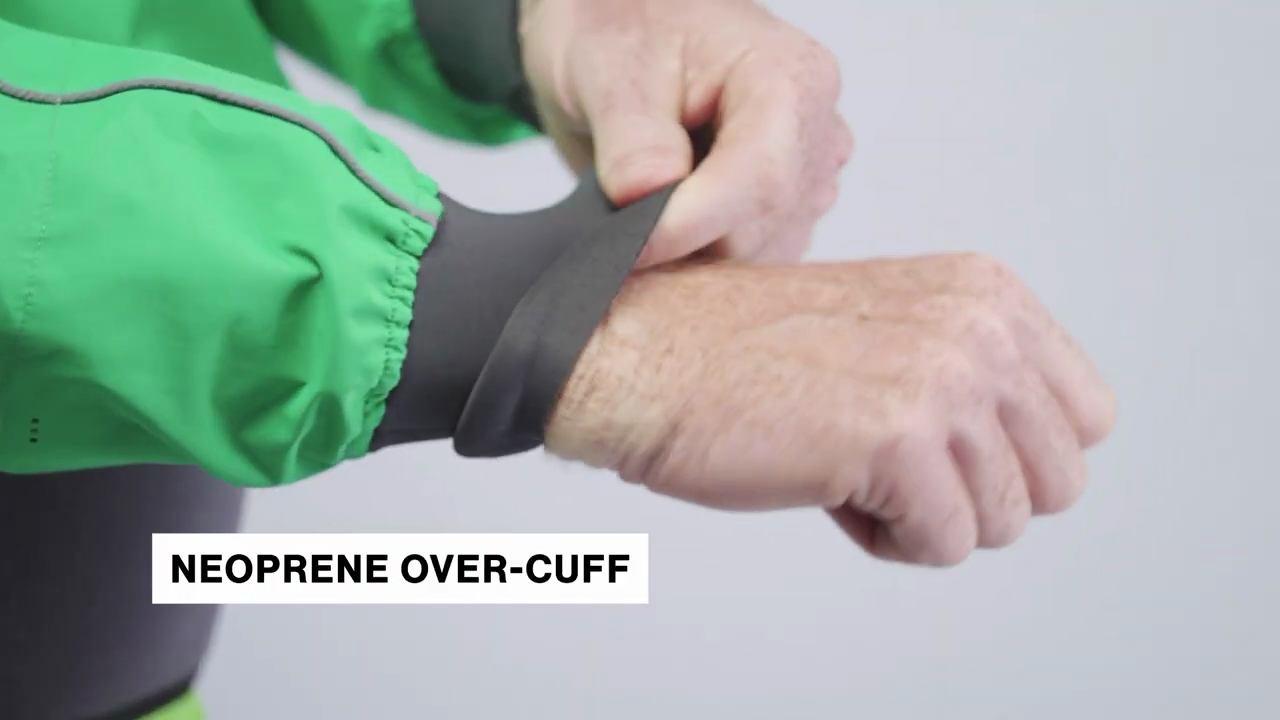
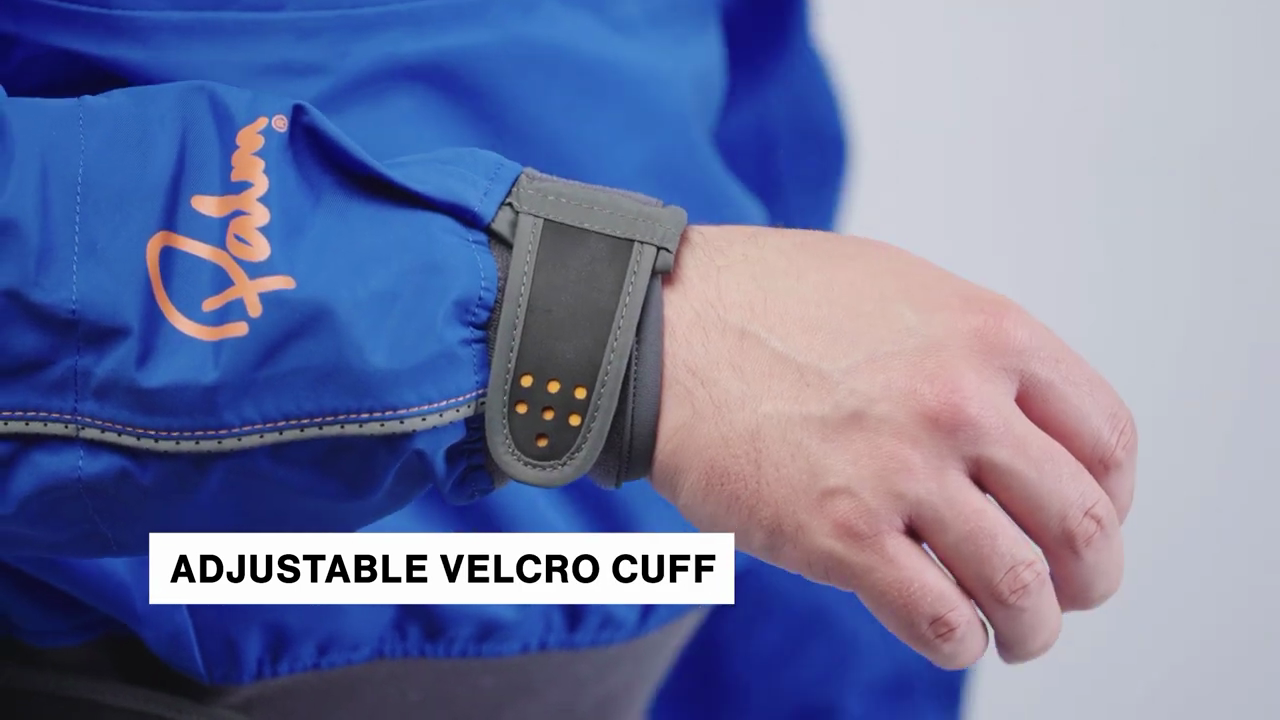
Our shortsleeve jacket has neoprene seals at the bicep since we figure you’re going to be wearing a shorty in the summer and don’t need to keep out every last drop.
Neck seal
For neck seals, you have two options: latex or neoprene.
Latex neck seals are the driest option here too, with a protective outer collar to keep away grit and strong sun. You’ll find a latex neck seal on our Atom, Surge and Velocity jackets.
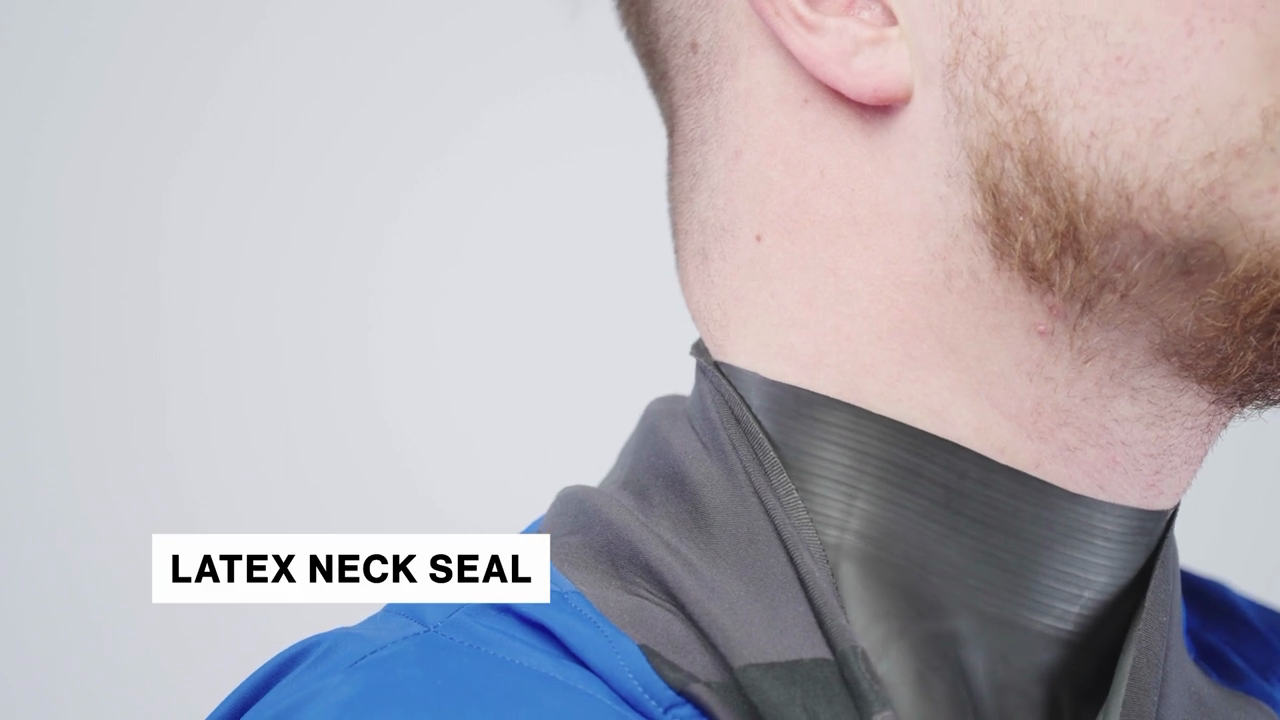
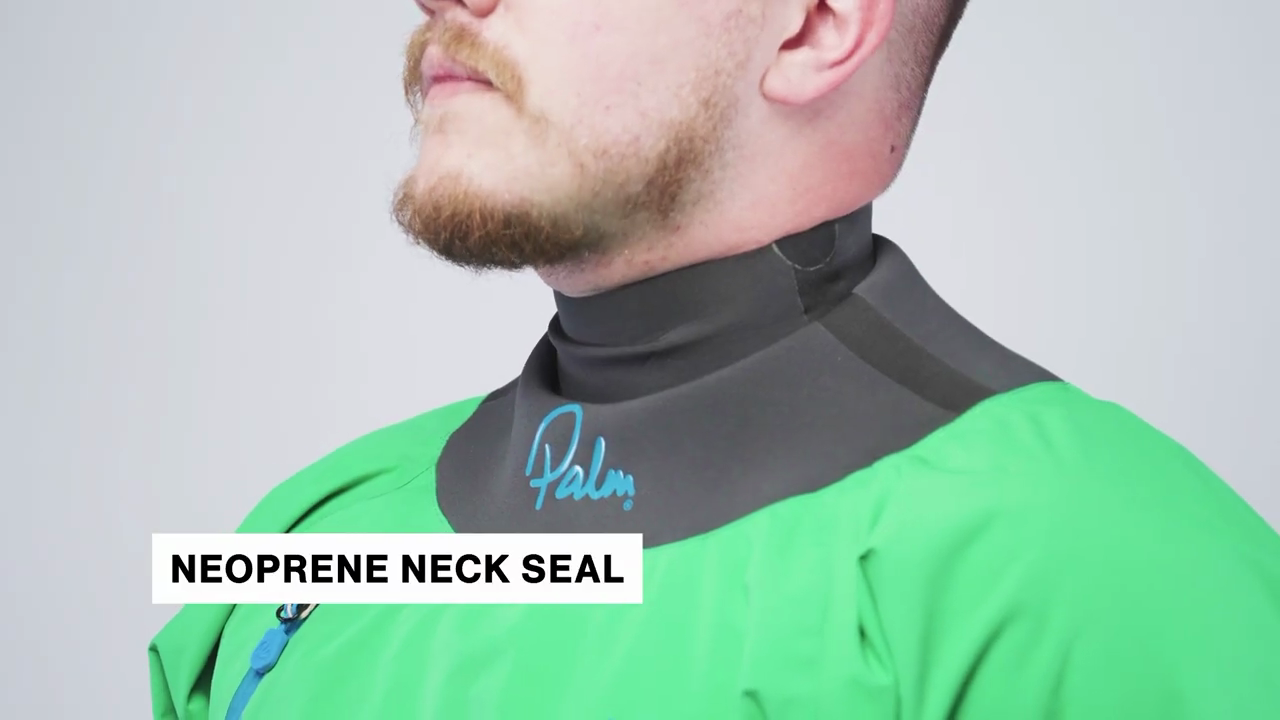
The other option is a neoprene neck seal. Neoprene neck seals are popular out in the salty ocean, as they’re less grippy on your skin, helping to reduce neck rub. If you prefer ultimate freedom of movement over a completely dry seal a neoprene neck seal needs no outer collar, so is a little lighter to wear. For extra comfort, our UltraStretch seals on the Zenith jackets are a great choice. For a more cost effective option, our simple neoprene seals on our Vertigo and Rocket jackets.
Latex neck seal jackets –
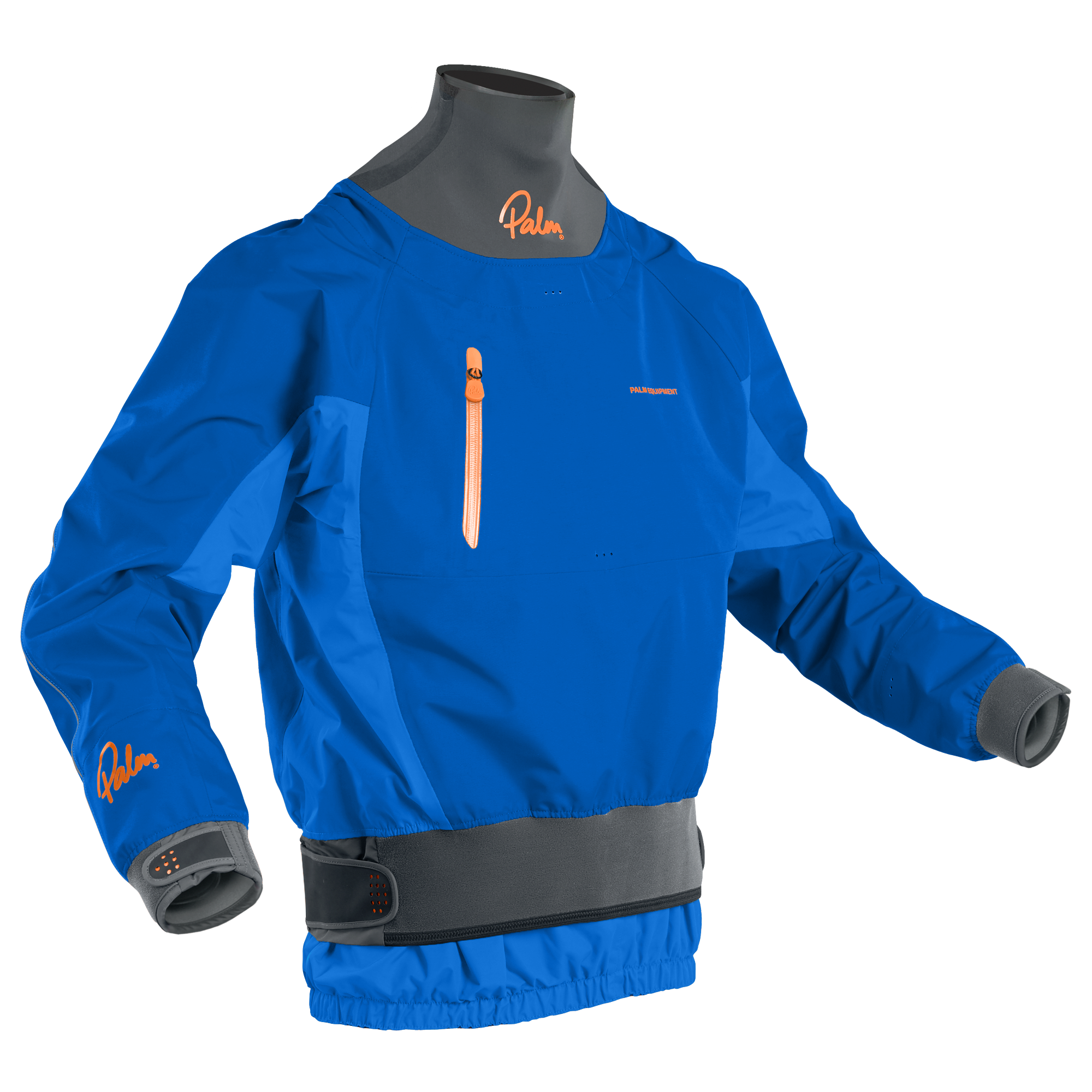
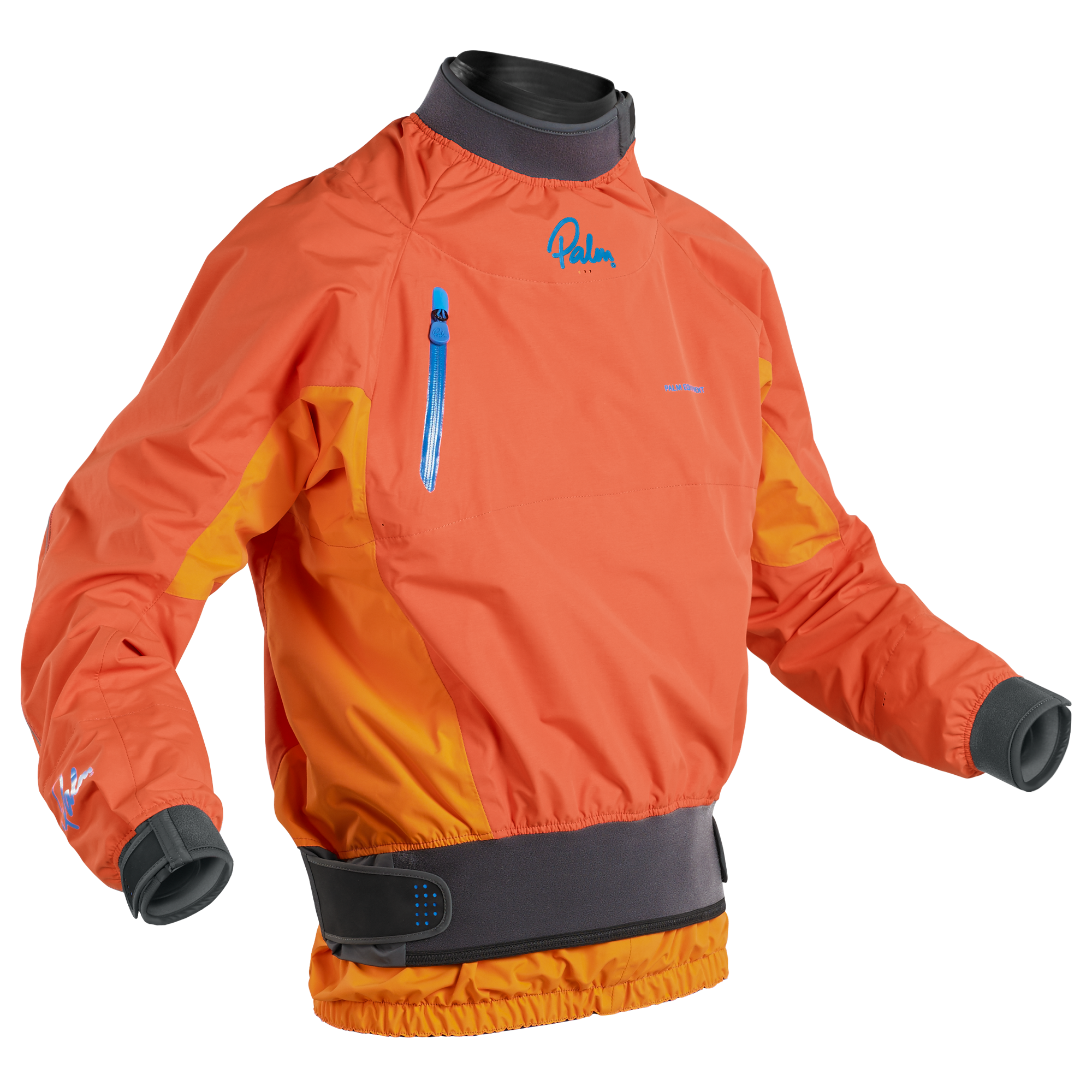

Neoprene neck seal jackets –
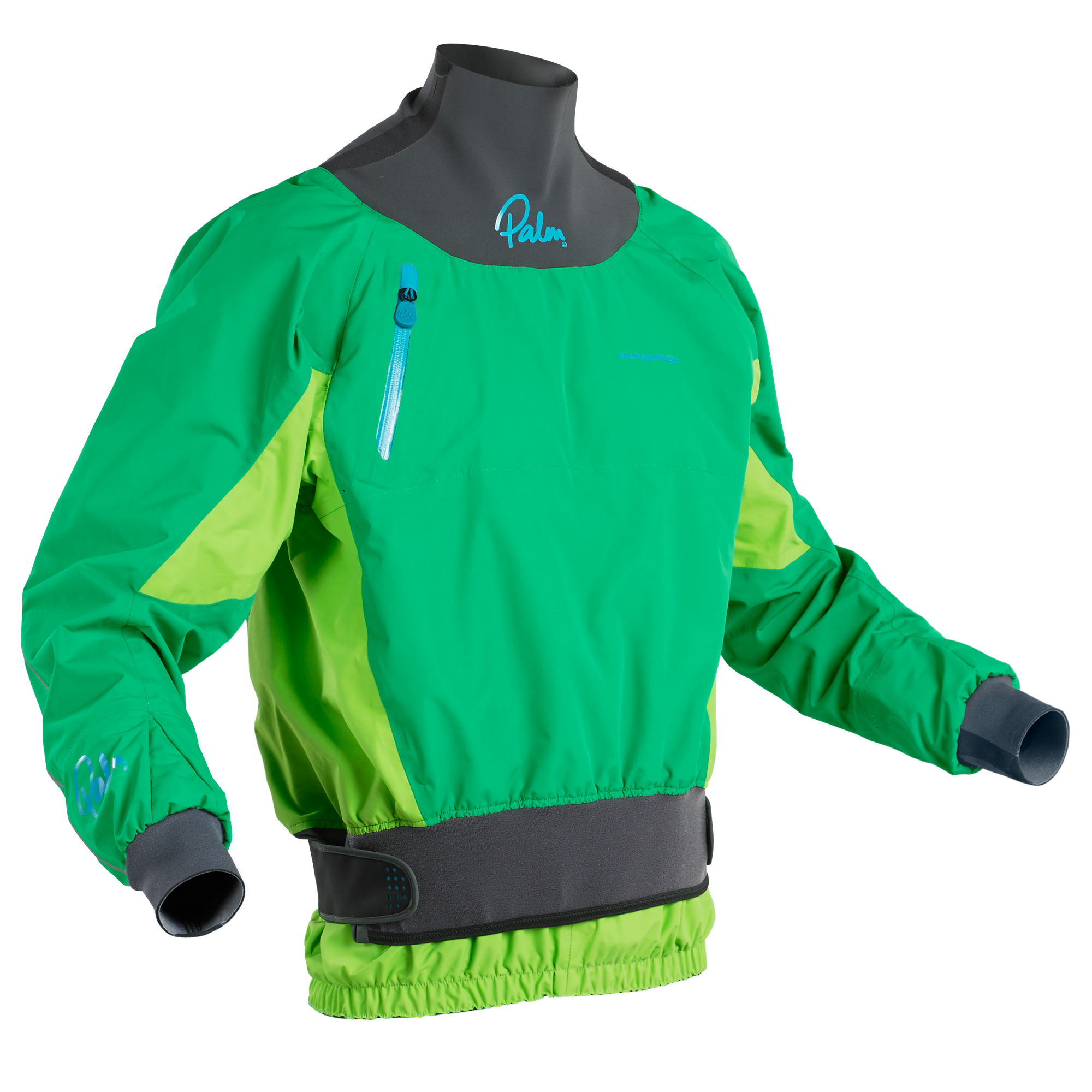
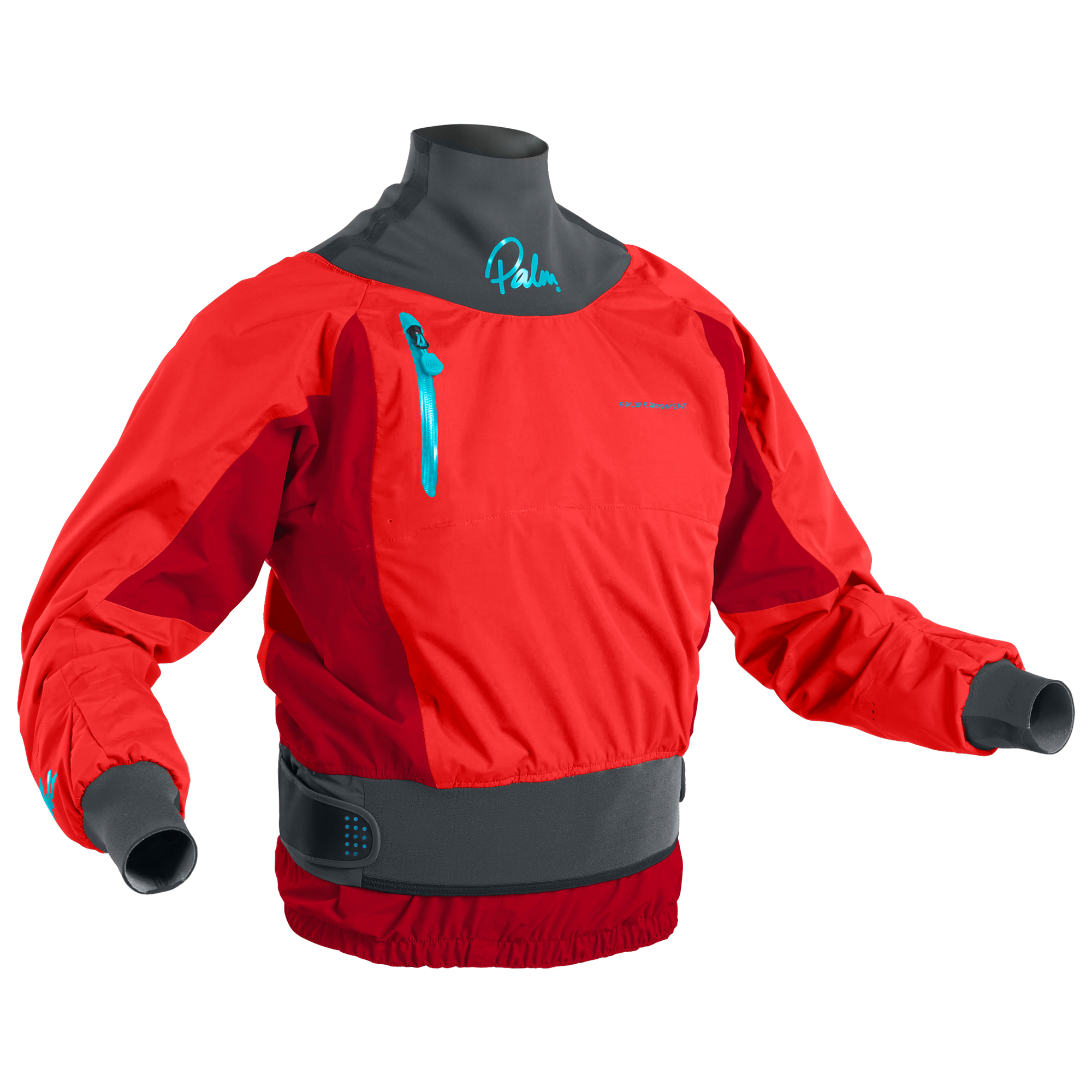
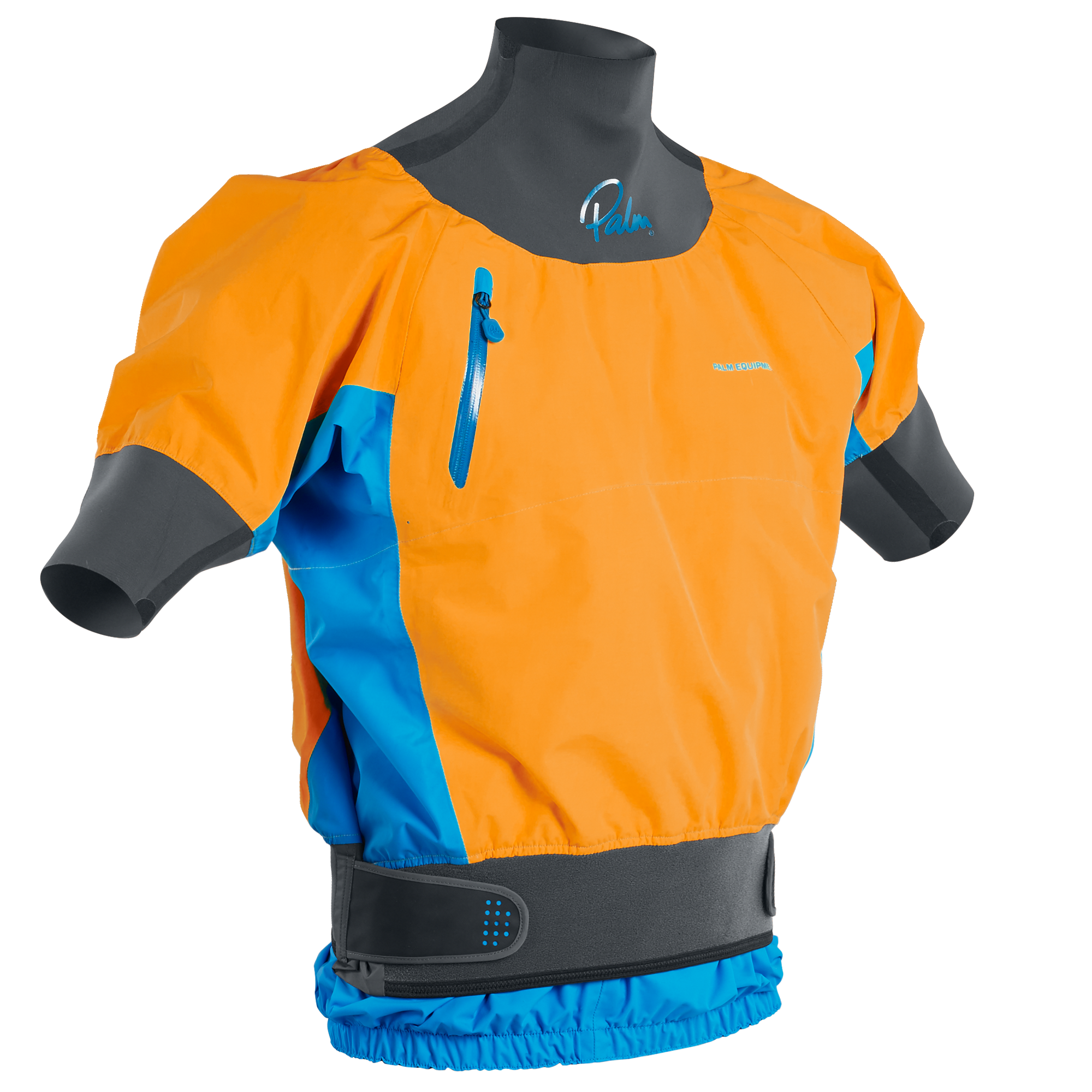
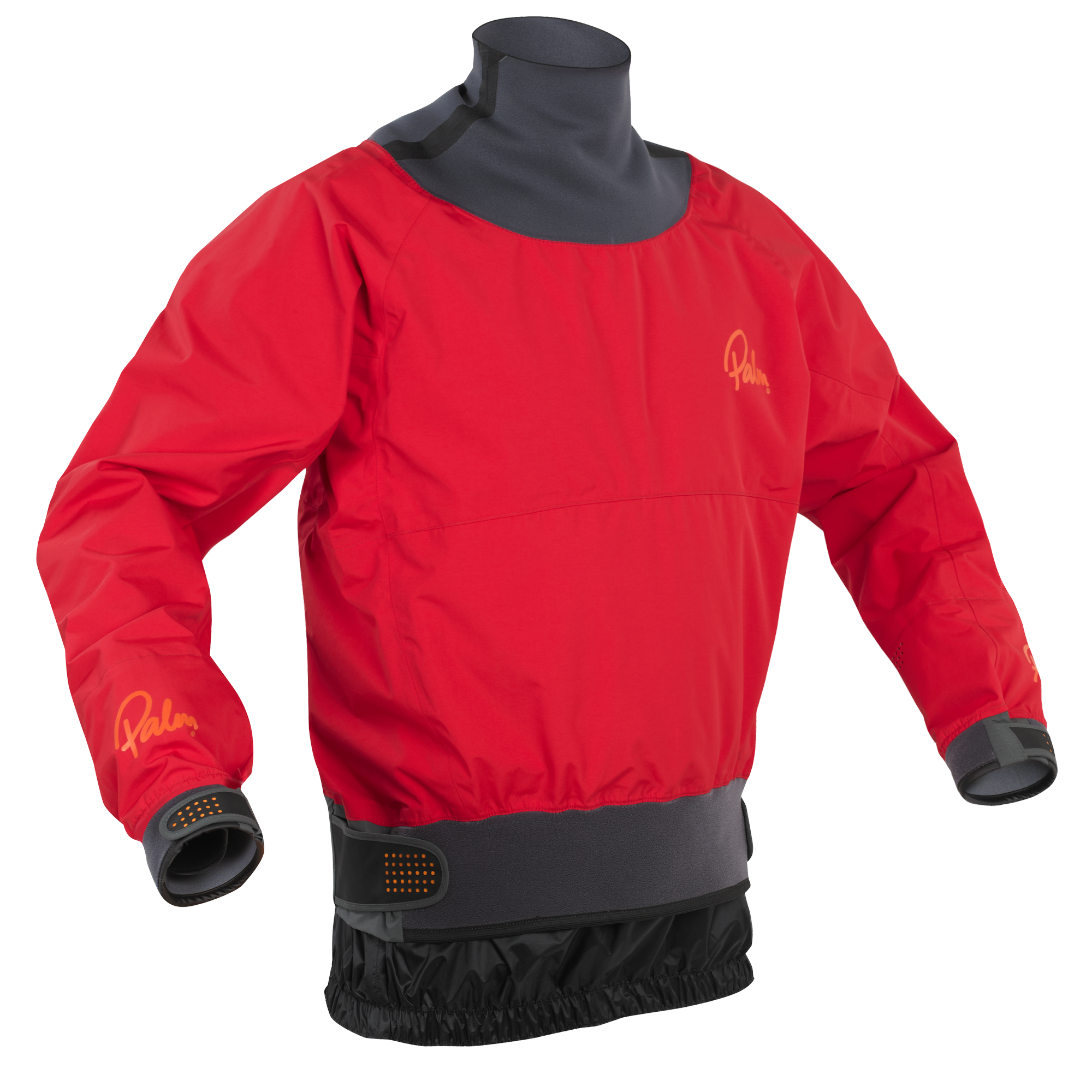
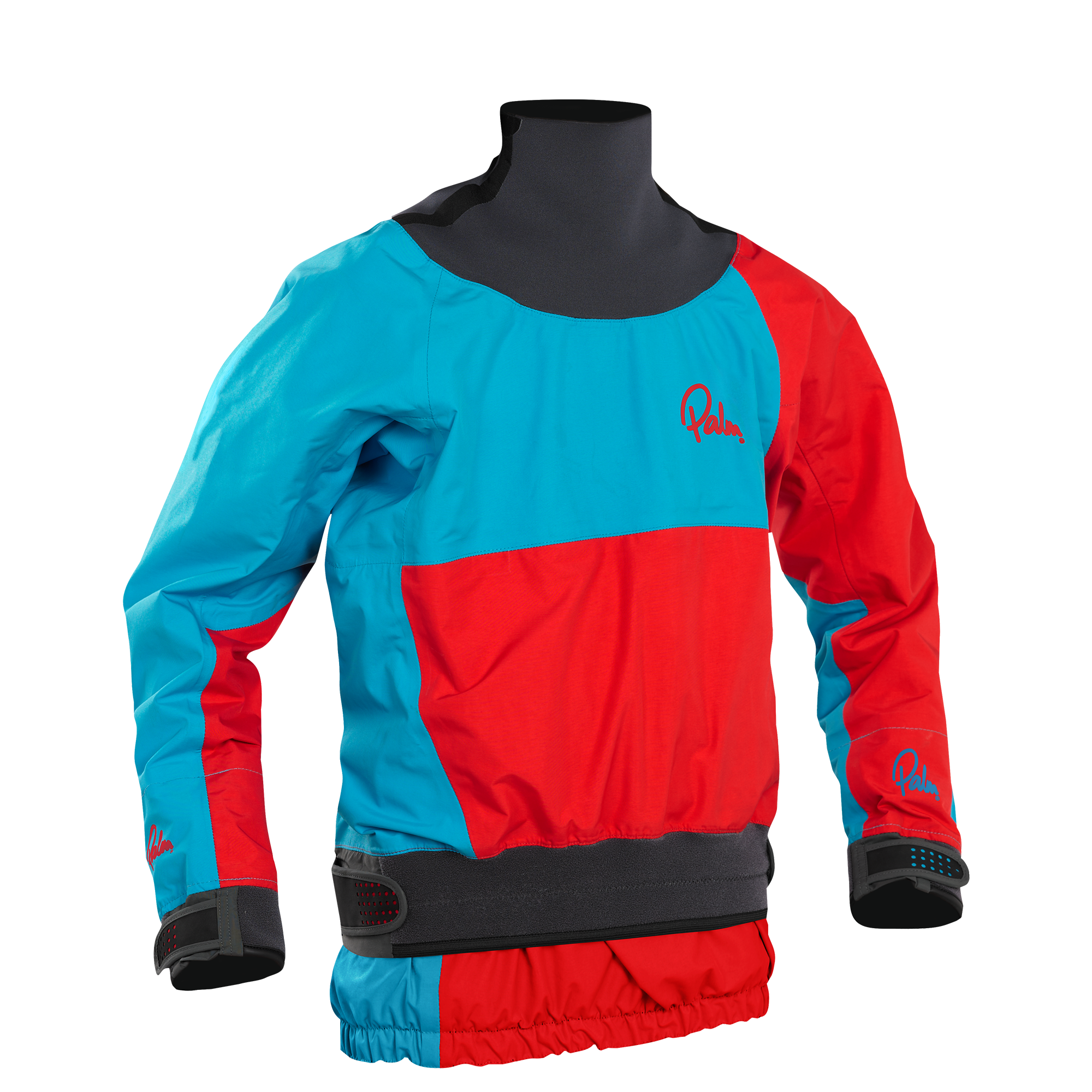

Waist seal
Whitewater jackets have a twin waist tube for your spraydeck or dry trousers and a velcro adjustable neoprene waistband to synch down around your waist stop water coming in. With the spraydeck or dry trousers between the two layers of your double waist tube, water has to go first up then down to enter the jacket.
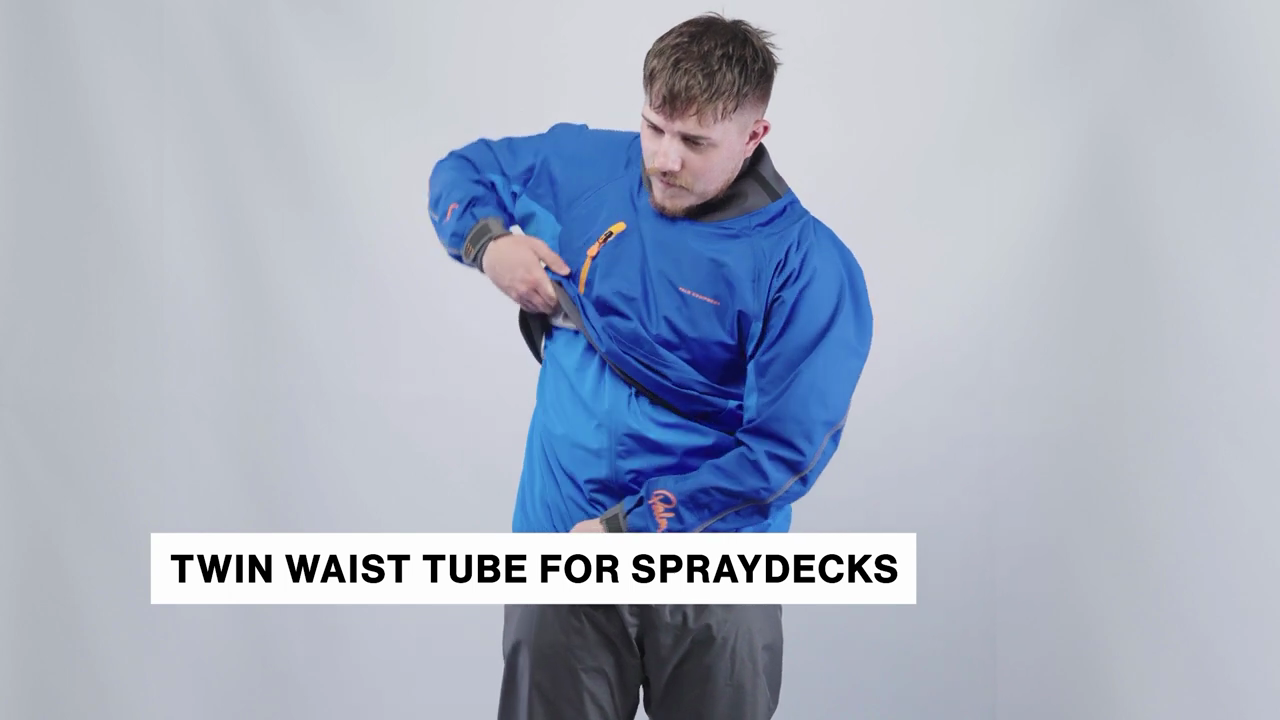
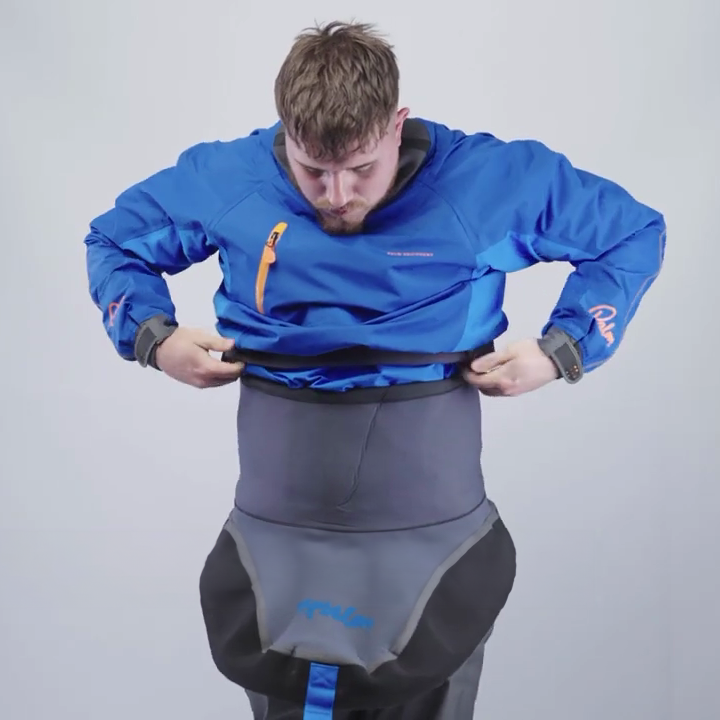
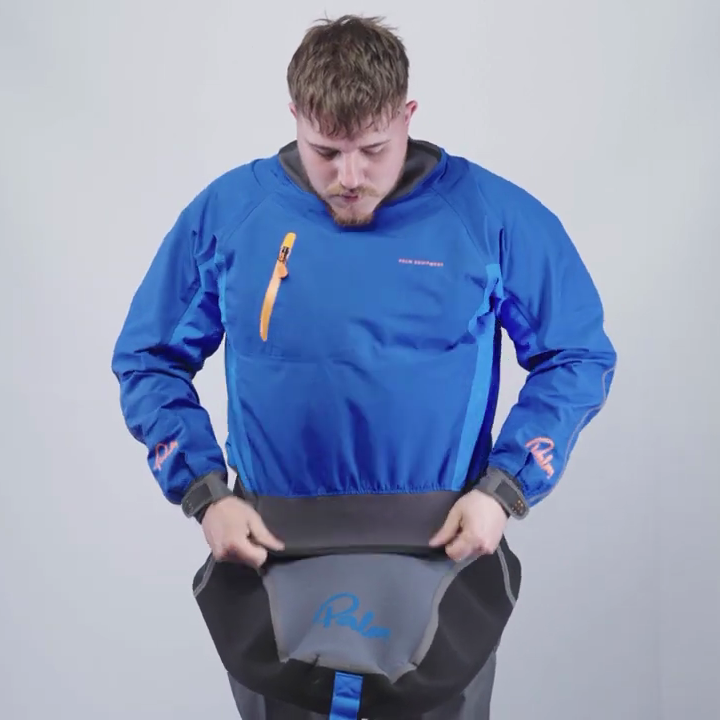
Tips
- Your seal needs to make contact with your skin to work. Take a moment to smooth out your seals to make lots of contact area. [Putting on a neck seal with both hands] [Smoothing out neck seal]
- Wrist sinews can make gaps for water, pulling seals further up your wrist may help.
- Remove watches and jewellery to prevent them from damaging your seals.
- Your seals are sized to the garment (larger seals on large garments) but you can also trim latex seals down to make them less tight. Seals should be tight, so before you decide to trim an uncomfortable latex seal give it a couple of uses, or leave it to stretch overnight on a paint tin or similar round object … seals do become less tight over time, so don’t rush to trim yours down.
- Make sure your spraydeck is high up in your jacket double tube around your chest, helping prevent the deck from sagging and letting water in.
- Sunscreen degrades latex quickly, so if you’re paddling on a sunny day, apply your sunscreen after you’ve put on your jacket to reduce contact with the latex seals.
Waterproof, breathable fabric
Your jacket’s fabric needs to be waterproof and the seams at the joins need to be waterproofed too. Beyond simply waterproof, our more advanced fabrics are more durable and comfortable too, letting water vapour out while keeping the rain and river water on the outside.
XP two-layer fabric is the simplest option – lightweight and breathable. It’s got a simple hydrophobic polyurethane coating, with matching polyurethane taping heat welded over the seams.
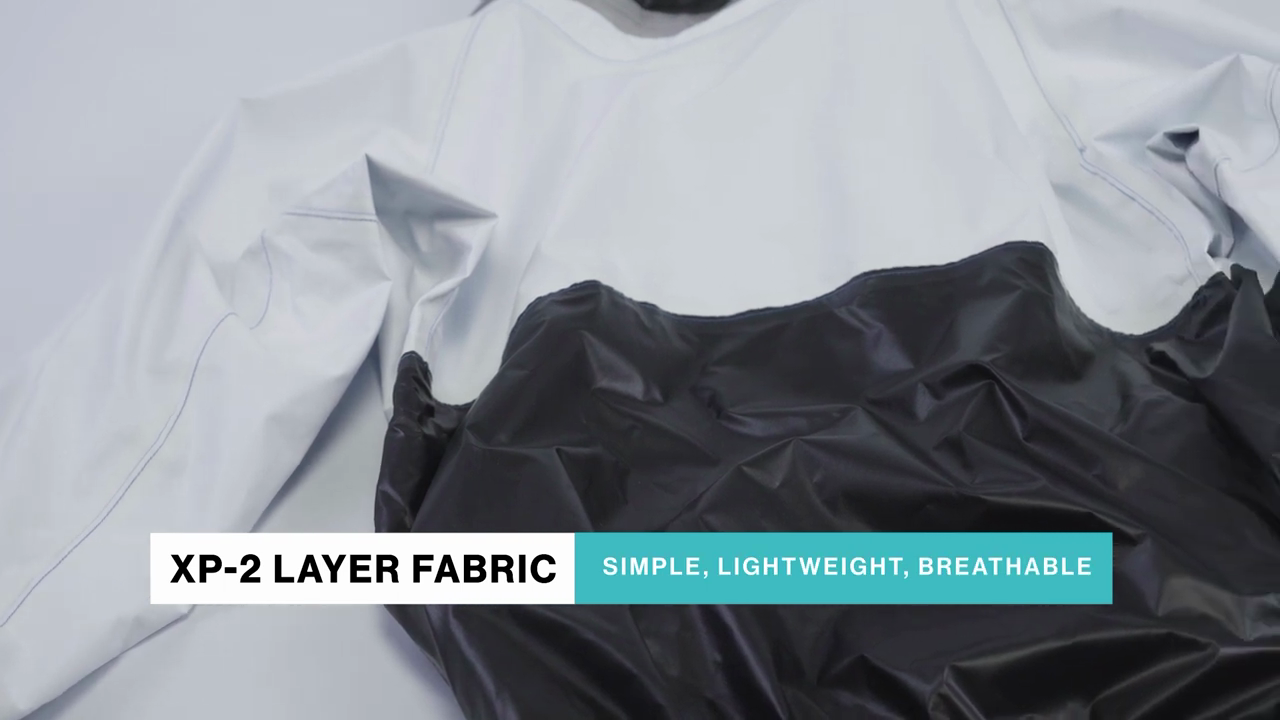
XP two and-a-half layer fabric is a great combination of light weight, durability and breathability. The extra half layer is a ‘dry touch’ print pattern which protects the hydrophobic layer from abrasion on the inside of the jacket, making it last longer.
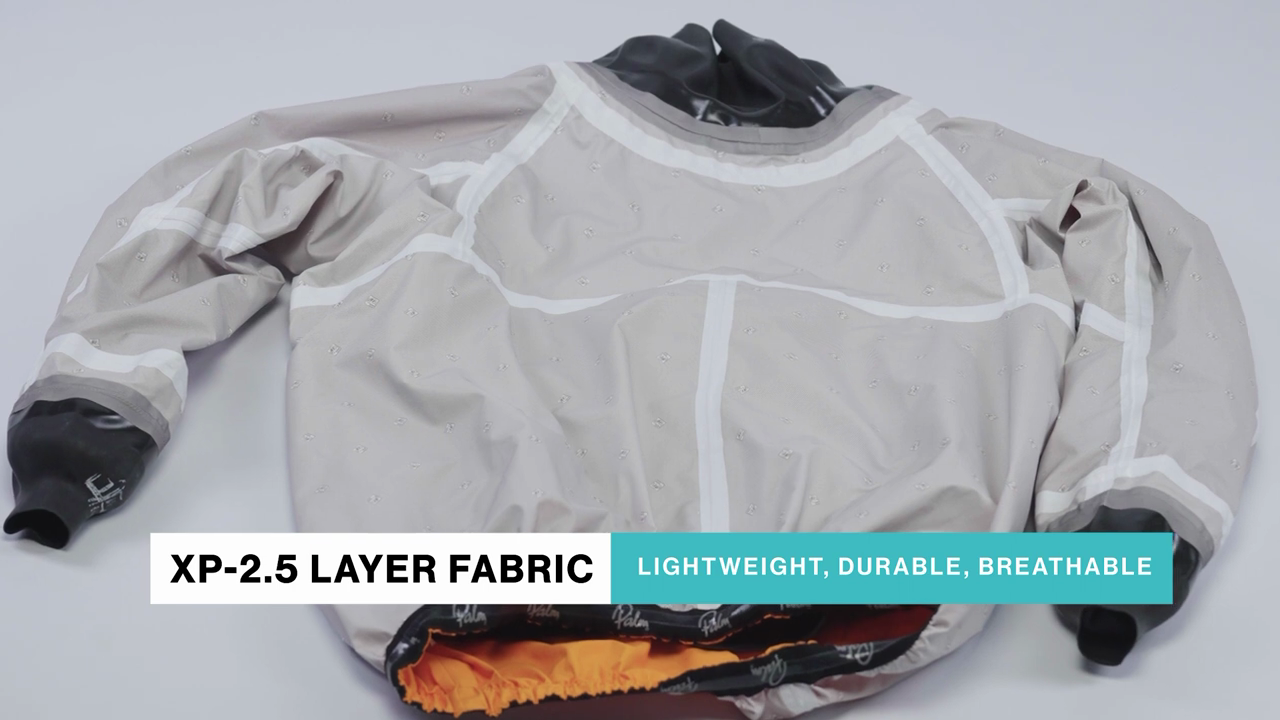
XP four-layer fabric is the toughest, driest and most breathable of our range. With both a hydrophobic and hydrophilic membrane bonded to the supple, tough nylon face fabric. Both are barriers to water from the outside but together they promote transport of vapour from the inside outward too. The fourth layer is a knitted tricot lining that is warm to the touch (making your jacket super comfortable), protects the waterproof membranes and disperses moisture across the surface of the fabric. The seams are sealed with matching tricot lined waterproof tape.

Generally speaking, the colder the temperature you expect to paddle in, the more layers you’ll want in your waterproof fabric – so two layer fabrics are great in the spring and autumn, and you’ll appreciate four layer fabric in the winter.
Tips
- All breathable fabrics have a durable water repellent treatment on the exterior fabric, this makes water bead on the surface and helps keep the fibres from wetting out completely, which helps the fabric breathe. Keeping your jacket clean of dirt, by rinsing it after you paddle, will help preserve the DWR. You can wash your jacket in Grangers performance wash and once in a while refresh the DWR with Grangers wash + repel (gentle cycle in the washing machine) or Grangers performance repel plus spray.
Fit and seams
Freedom of movement makes active paddling that much more enjoyable. Palm whitewater jackets are cut to give unrestricted freedom of movement, with a paddling posture in mind.

Our premium jackets are made with a six-panel design that has no four-way seams. Where seams join there’s an extra layer of tape needed inside, which makes the seam less flexible and less durable. Taking the extra effort to avoid four way seams makes your jacket longer lasting.
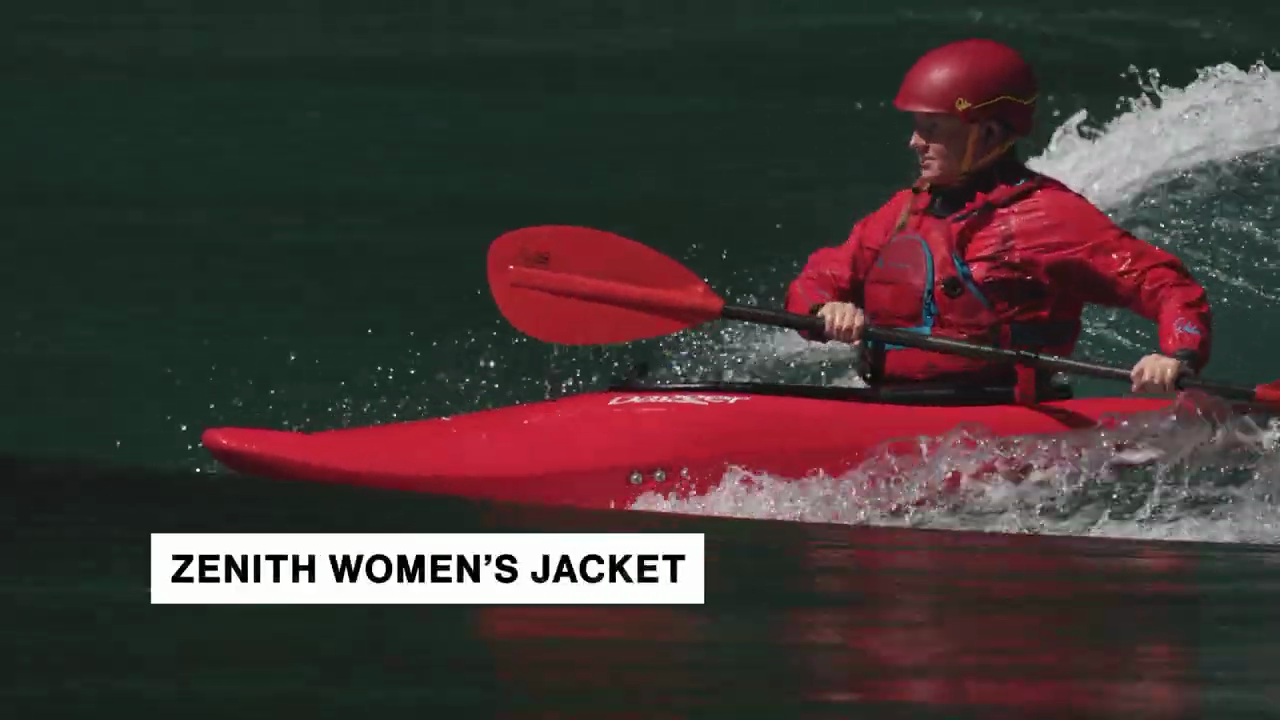
Our whitewater jackets are all unisex fit, however the Zenith is also available as a women’s jacket, which has proportionally smaller neck and wrist seals and shorter overall length.
Nice to have
Out there in the wild it’s good to have a few simple things to make life easier. The Atom, Zenith and Surge have reflective details on the sleeves, making you a little more visible walking back along the shuttle road after you’ve paddled your arms off until dark. And a chest pocket with a splashproof YKK AquaGuard zip can be useful for one more place to carry your car keys in a waterproof pouch on your person.